Born to the Olszewski family in Warsaw, Poland, in 1921. Died in Ashkelon, Israel, in 2007.
"While I was in Auschwitz-Birkenau someone told me, ‘if you live to leave this hell, make your drawings and tell the world about us. We want to remain among the living, at least on paper."Miriam Novitch, Lucy Dawidowicz, Tom L. Freudenheim, Spiritual Resistance.
Art from Concentration Camps, 1940-1945, Union of American Hebrew Congregations, 1981, p. 17
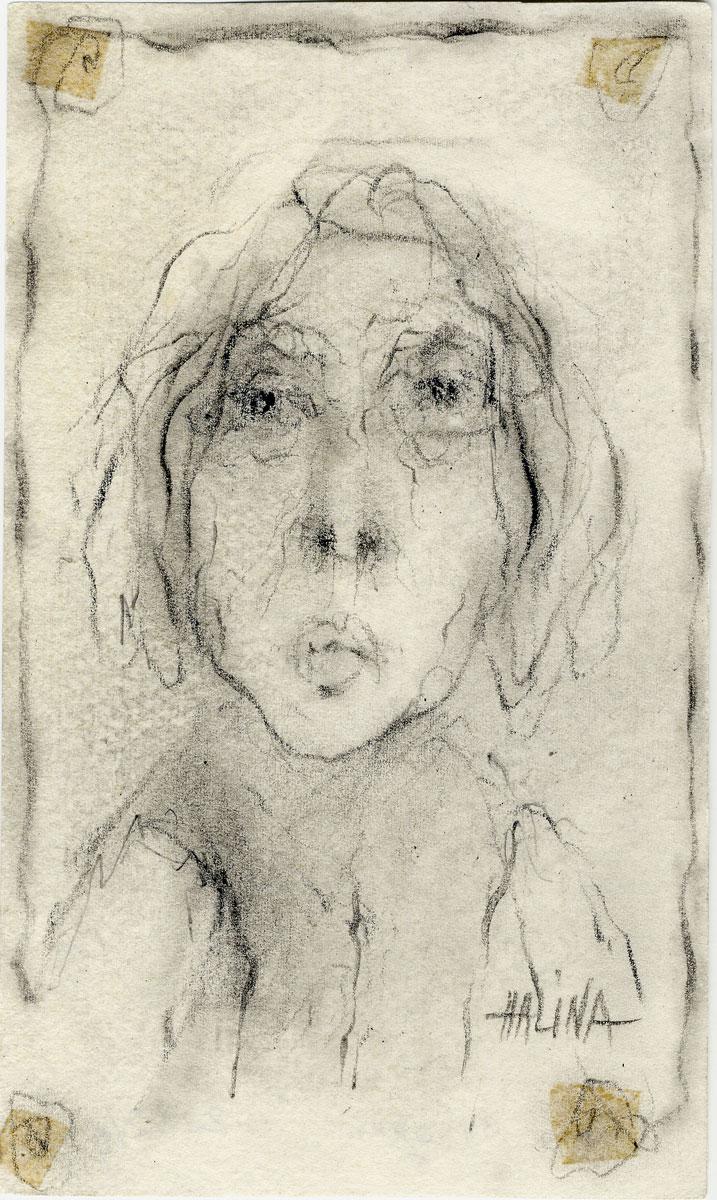
Pencil on paper
18.3x11 cm
Collection of the Yad Vashem Art Museum, Jerusalem

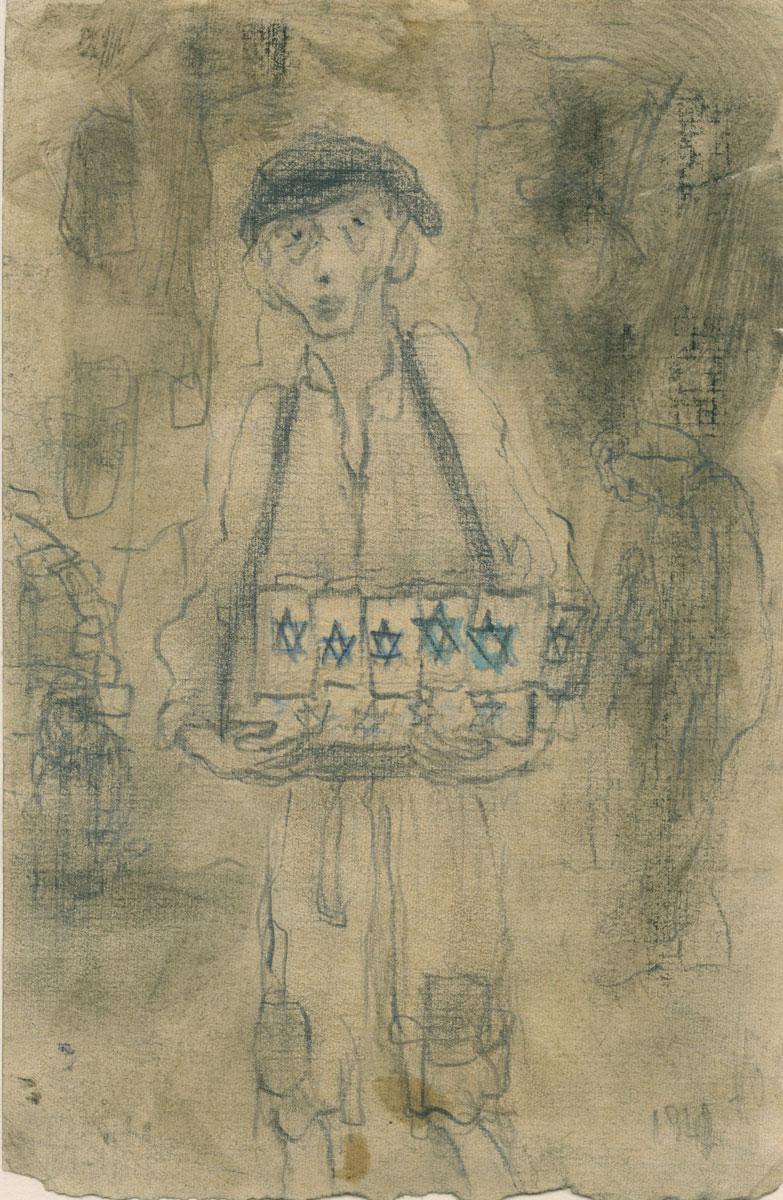
Pencil and crayon on paper
20.5x13.6 cm
Collection of the Yad Vashem Art Museum, Jerusalem

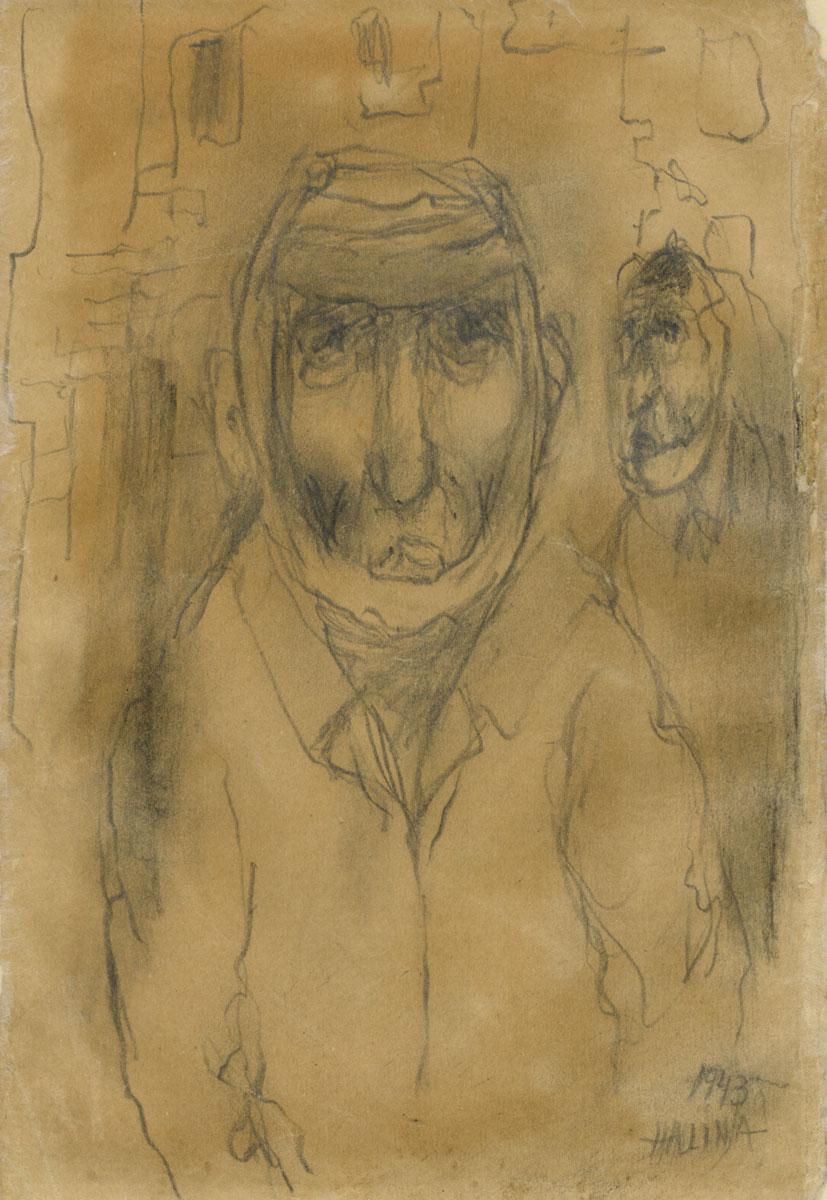
Pencil on paper
19.6x13.6 cm
Collection of the Yad Vashem Art Museum, Jerusalem


Pencil on paper
17.5x11.8 cm
Collection of the Yad Vashem Art Museum, Jerusalem

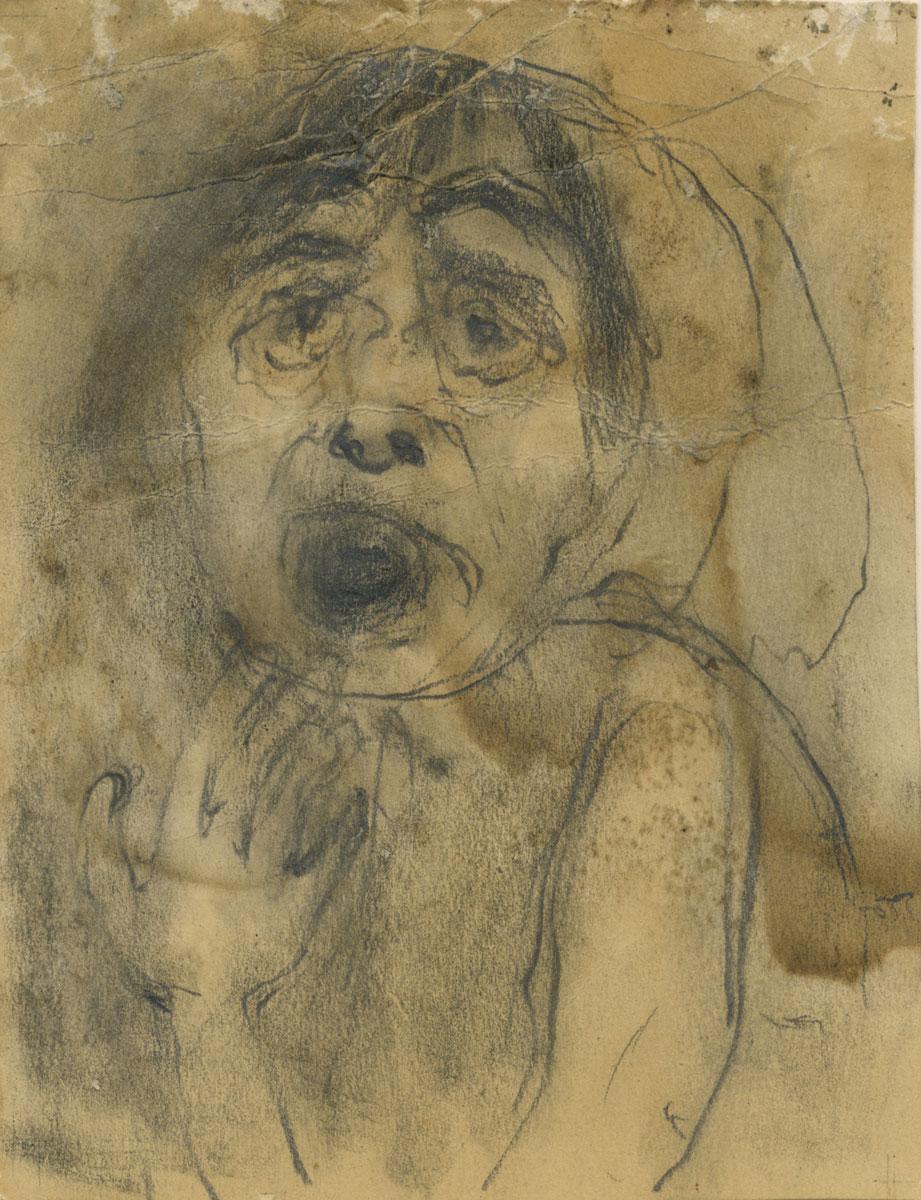
Pencil and Charcoal on paper
17.3X13.6 cm
Collection of the Yad Vashem Art Museum, Jerusalem

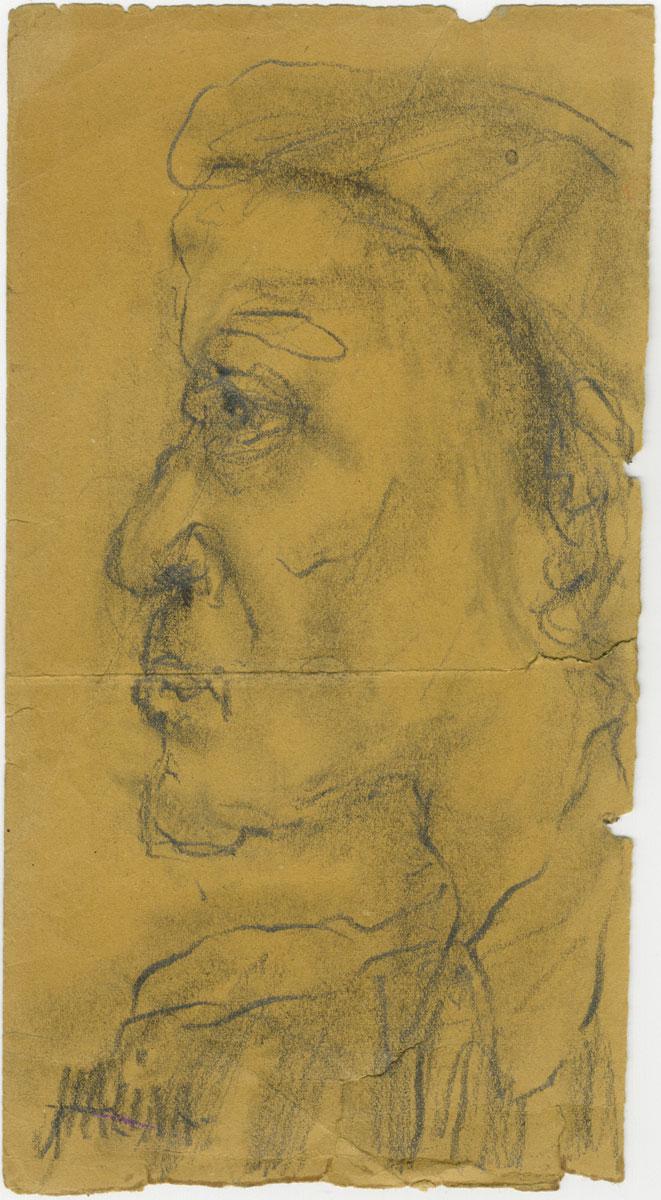
Pencil on paper
26x13.8 cm
Collection of the Yad Vashem Art Museum, Jerusalem

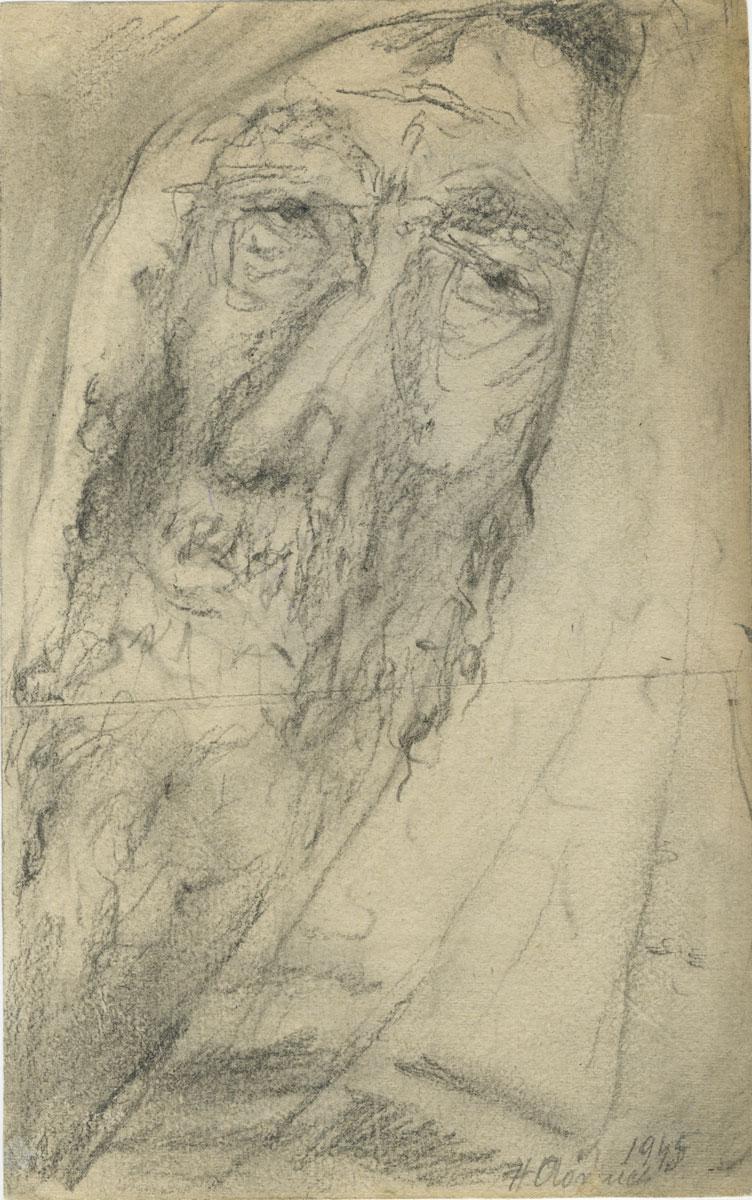
Pencil on paper
20.5x13 cm
Collection of the Yad Vashem Art Museum, Jerusalem

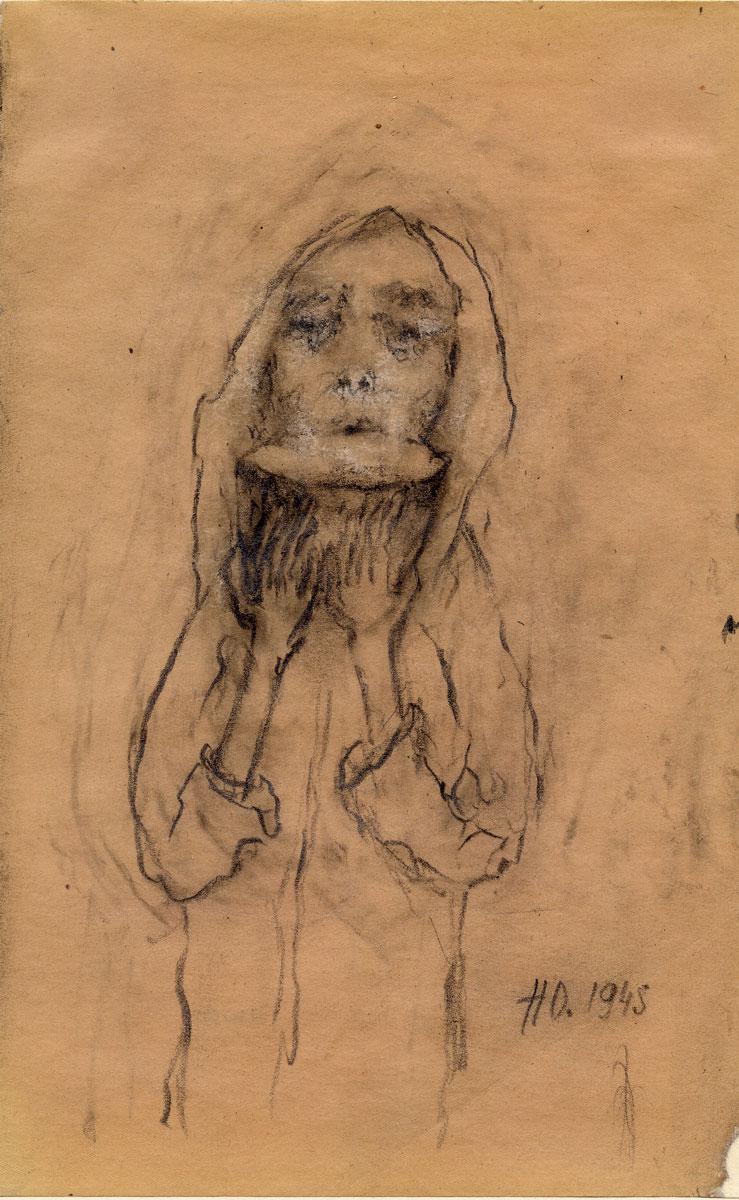
Pencil on paper
21.3x14 cm
Collection of the Yad Vashem Art Museum, Jerusalem
Gift of the artist







